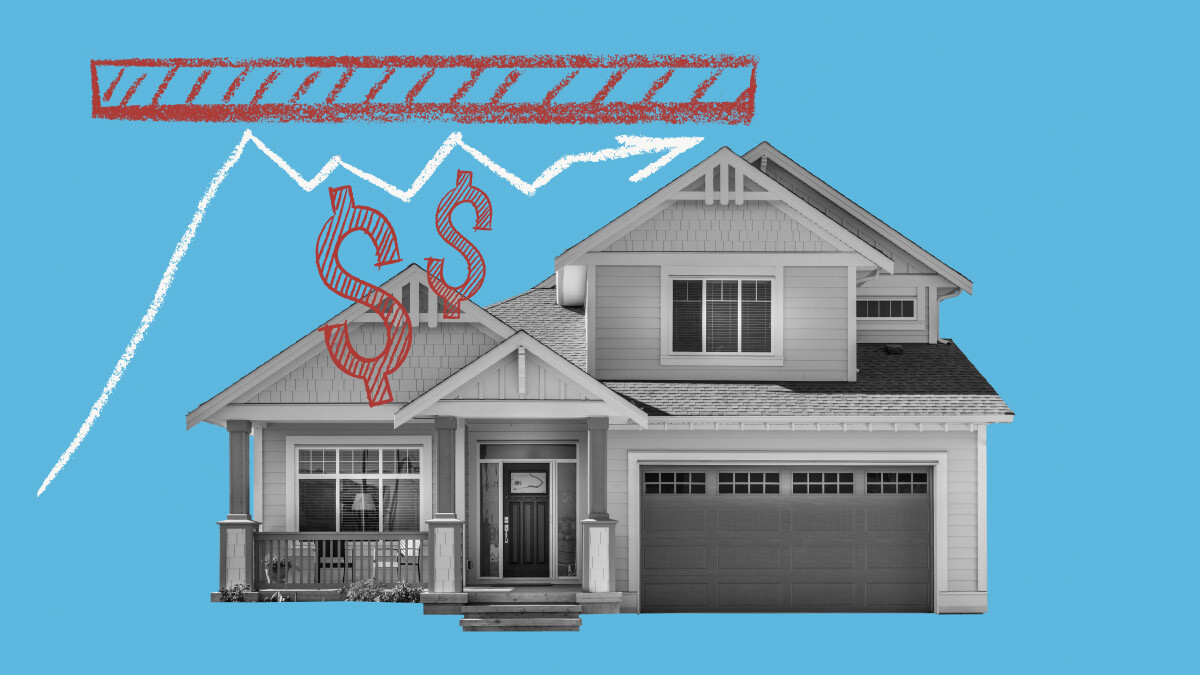Fitch estimates that home prices were overvalued in 85% of U.S. metropolitan statistical areas (MSAs) as of Q3 2024, a slight decrease from 88% in Q2 2024. Within these MSAs, Fitch reported that 52% were overvalued by more than 10%, down from 56% in the prior quarter.
Among the 50 most populous MSAs, Buffalo, New York, is estimated as the most overvalued area, followed by Rochester, New York, and El Paso, Texas.
Fitch largely attributes the decrease in overvaluation to the rise in sustainable home prices and the relatively stabilized home price index, as well as comparatively stable rent prices, unemployment rates and mortgage rates.
Home-price growth was stable to increasing from September 2023 to September 2024, Fitch’s report showed. The Northeast region experienced 6.3% growth during this period while housing markets in the South, West and Midwest saw more moderate increases of 2.7%, 3.3% and 5%, respectively.
Among the 100 most populous MSAs, Cape Coral-Fort Myers, Florida, led the way with a 4.1% annualized decline in home prices.
Looking at supply and demand factors, Fitch reported that supply rose throughout 2024. There were 22% more homes actively for sale in December 2024 compared with the same time in 2023, marking the 14th consecutive month of annual inventory growth, according to
Realtor.com.
A slight reduction in active listings from November to December was observed, partially due to a seasonal slowdown, as well as an approximate 40- to 50-bps increase in mortgage rates during these two months compared to September and October.
Although home sales typically soften during the winter months, December 2024 saw an
increase in sales of both new and existing single-family homes. New-home sales grew 2.2% month over month and 9.3% annually to a seasonally adjusted annual rate of 698,000.
Existing-home sales improved by 5.1% from November 2024 to December 2024, which also represented a year-over-year increase of 6.7%.
Looking ahead, Fitch’s report discusses the continuation of affordability pain points. It said that while the affordability gap narrowed through a recent decline in mortgage rates, rates on the rise again has reversed the trend.
Fitch also acknowledged efforts by the Trump administration to tackle housing affordability, referring to an executive order directing federal agencies to provide “emergency price relief” aimed at reducing housing costs and expanding housing supply.
“However, the administration’s stringent immigration policies may inadvertently impact the construction industry,” the report aded. “Immigrants constitute a significant portion of the U.S. construction workforce, and stricter immigration measures could exacerbate labor shortages, leading to project delays and increased costs.”
Fitch also cited proposed increases in tariffs, including materials essential for home construction like steel, aluminum and lumber. This could contribute to heightened construction costs and, in turn, exacerbate affordability issues.
Fitch maintains its outlook that U.S. home prices will rise by 3% to 4% over the course of 2025. The ratings agency also anticipates that the Federal Reserve will end the current easing cycle earlier than previously expected. It expects benchmark rate cuts of 100 bps by fourth-quarter 2025, with the policy rate left in the range of 3.5% in 2026.

